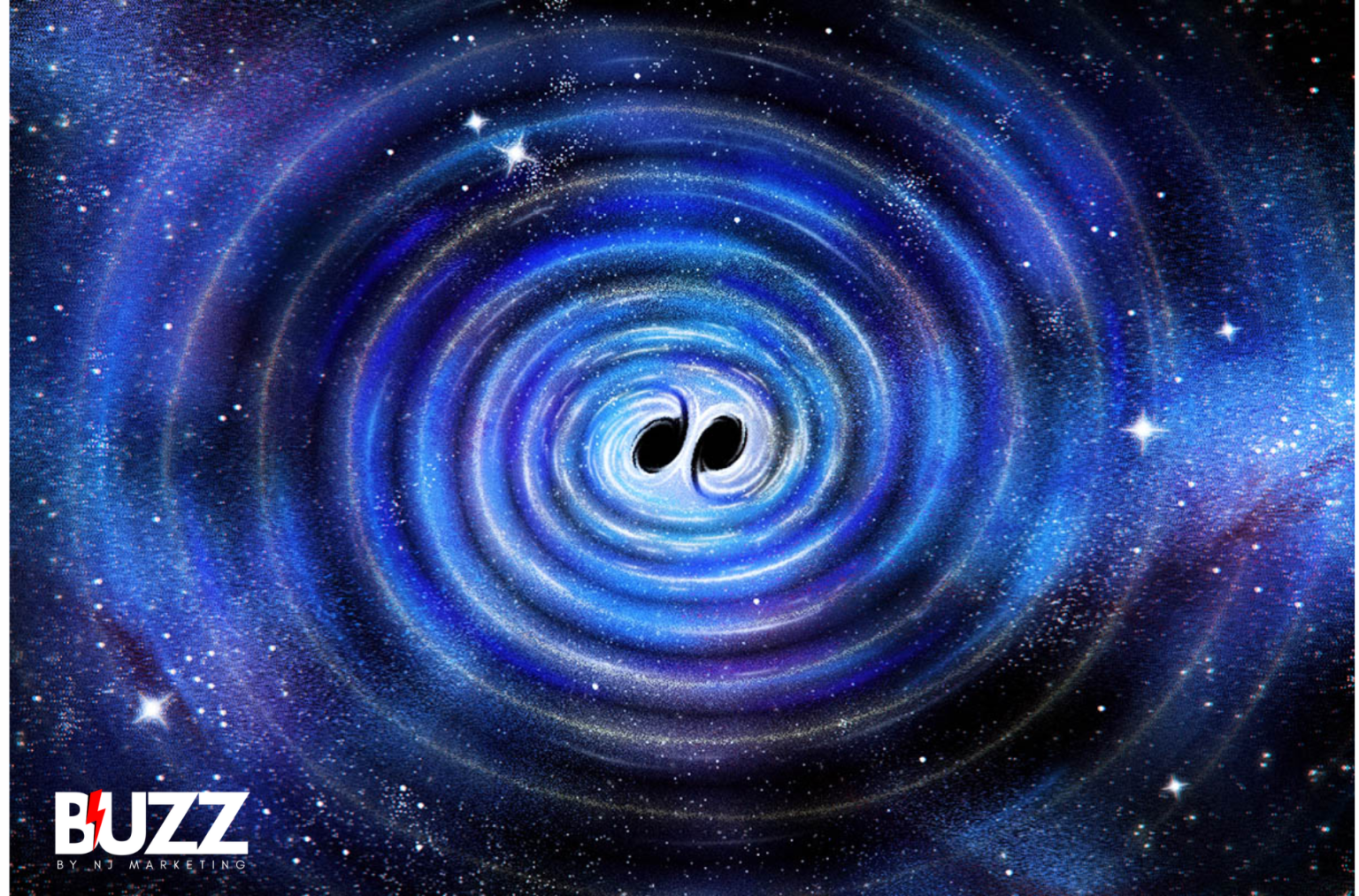Imagine two intangible giants moving in unison until they merge in a split second, their gravitational pull so strong that not even light can escape. The collision causes changes in time and space itself. When those gravitational waves reached Earth, they revealed something remarkable: Stephen Hawking’s audacious 20th-century insights and Albert Einstein’s century-old theories stood the test of time.
Here’s a concise, scannable in-depth analysis of what scientists discovered, why it matters, and what it could mean for physics going forward.
Quick Summary
A recent, very-clean black hole merger gave scientists the best observational test yet of:
- Einstein’s general relativity in extreme conditions.
- Hawking’s area theorem (the idea that a black hole’s event horizon area cannot decrease).
- The data confirmed that the final black hole behaved like a Kerr black hole, described only by mass and spin.
- This is a major milestone for gravitational-wave astronomy and a hint toward connecting gravity with quantum theory.
What Actually Happened
Two black holes, roughly 34 and 32 times the mass of the Sun, circled each other and merged into one object about 63 solar masses.
The collision released energy equal to several Suns in a few milliseconds, carried away as gravitational waves that LIGO and partner detectors recorded.
Why that’s useful:
Gravitational waves encode the dance: mass, spin, distance, and how the merged black hole “rings” afterward.
Those ringing tones are like the final note of a bell; physicists analyze them to test theory.
How These Tests Of Einstein
Einstein’s general relativity (GR) predicts exactly how spacetime should vibrate when massive bodies collide.
The waveform recorded matches GR’s predictions in phases:
- Inspiral – the slow spiral as the pair loses energy.
- Merger – the violent coalescence.
- Ringdown – the newborn black hole settling into calm, described by specific frequencies.
What was confirmed:
- The ringdown frequencies matched the Kerr solution predicted by GR for rotating black holes.
No obvious deviations from GR were detected within measurement limits. This is a powerful confirmation of Einstein’s equations in the most extreme regime we’ve observed.
How This Confirms Hawking’s Area Theorem
- Hawking’s area theorem (1971) says: when black holes merge, the total event-horizon area cannot decrease – it can only stay the same or grow.
- The merger data allowed researchers to estimate the horizon areas before and after the collision.
What they found:
- The final black hole’s horizon area was larger than the sum of the parents’ horizon areas – consistent with Hawking’s theorem.
- This links to deep ideas: horizon area behaves like entropy, connecting gravity to thermodynamics, and hinting at quantum gravity questions.
Bottom line:
- Hawking’s abstract, theoretical insight now has one of its clearest experimental confirmations.
The “No-Hair” Idea And The Kerr Nature Of Black Holes
- The “no-hair theorem” says black holes are simple: they’re fully described by mass, spin, and charge (and in astrophysics, charge is practically zero).
- The ringdown measurements matched the spectrum of a Kerr black hole (a spinning black hole solution discovered by Roy Kerr in 1963).
Why that’s exciting:
- If the ringdown had extra frequencies or mismatches, it could mean new physics – exotic objects or modifications to GR.
- Instead, the clean match reinforces that large astrophysical black holes are “bald” Kerr objects, at least to our current precision.
What The Detection Technology Made Possible
- LIGO has upgraded sensitivity, and observatories worldwide (Virgo, KAGRA, soon LIGO-India) have improved network performance.
- The clearer the signal, the more precisely we can measure ringdown tones and horizon properties.
- This particular event stood out because its signal-to-noise ratio and frequency content allowed an unusually precise test.
Why This Does Not Answer Every Question
- Hawking radiation – the slow quantum leakage of black holes – remains beyond direct detection. The area theorem confirmation is about classical horizon geometry, not direct observation of quantum radiation.
- The information paradox (how information escapes or is preserved) still looms. The new data constrain models, but do not resolve the paradox.
- Small deviations could still exist below current sensitivity; future detectors will probe deeper.
What Comes Next – The Future Of Testing Gravity
- More and better detectors: more detections = more tests.
- Space missions (e.g., LISA) will measure supermassive black hole mergers at low frequencies.
- A larger catalog of precise ringdowns could reveal tiny deviations from Kerr or uncover unexpected physics.
- These steps move us from one great confirmation to a program of precision black-hole spectroscopy.
Quick FAQ
-
Did we “see” the black holes with light?
No – we “heard” the collision through gravitational waves; some mergers also produce light if matter is involved, but this one was a largely “dark” binary.
-
Why is the final mass less than the sum of the parents?
Because some mass-energy is radiated away as gravitational waves.
-
Does this prove quantum gravity?
No, but it constrains theories and strengthens the empirical side of the bridge between gravity and quantum mechanics.
Why This Matters For Curious Minds
Black hole collisions are not just cosmic fireworks. They are experiments in nature’s most extreme laboratory.
The latest clean detection gave us strong, observational proof that:
- Einstein’s equations hold in violent, high-curvature conditions.
- Hawking’s theoretical picture of horizon growth is right – at least in the classical sense.
- That’s huge: two towering ideas from theoretical physics have been pushed from pencil-and-paper into observational fact.
If you love big questions, this is where they meet hard data. Keep an eye on gravitational-wave observatories – every new “chirp” could be another clue about how the universe really works.
Don’t Miss Out Our Blog Post: The Ultimate Social Media Detox: How to Unplug and Recharge


